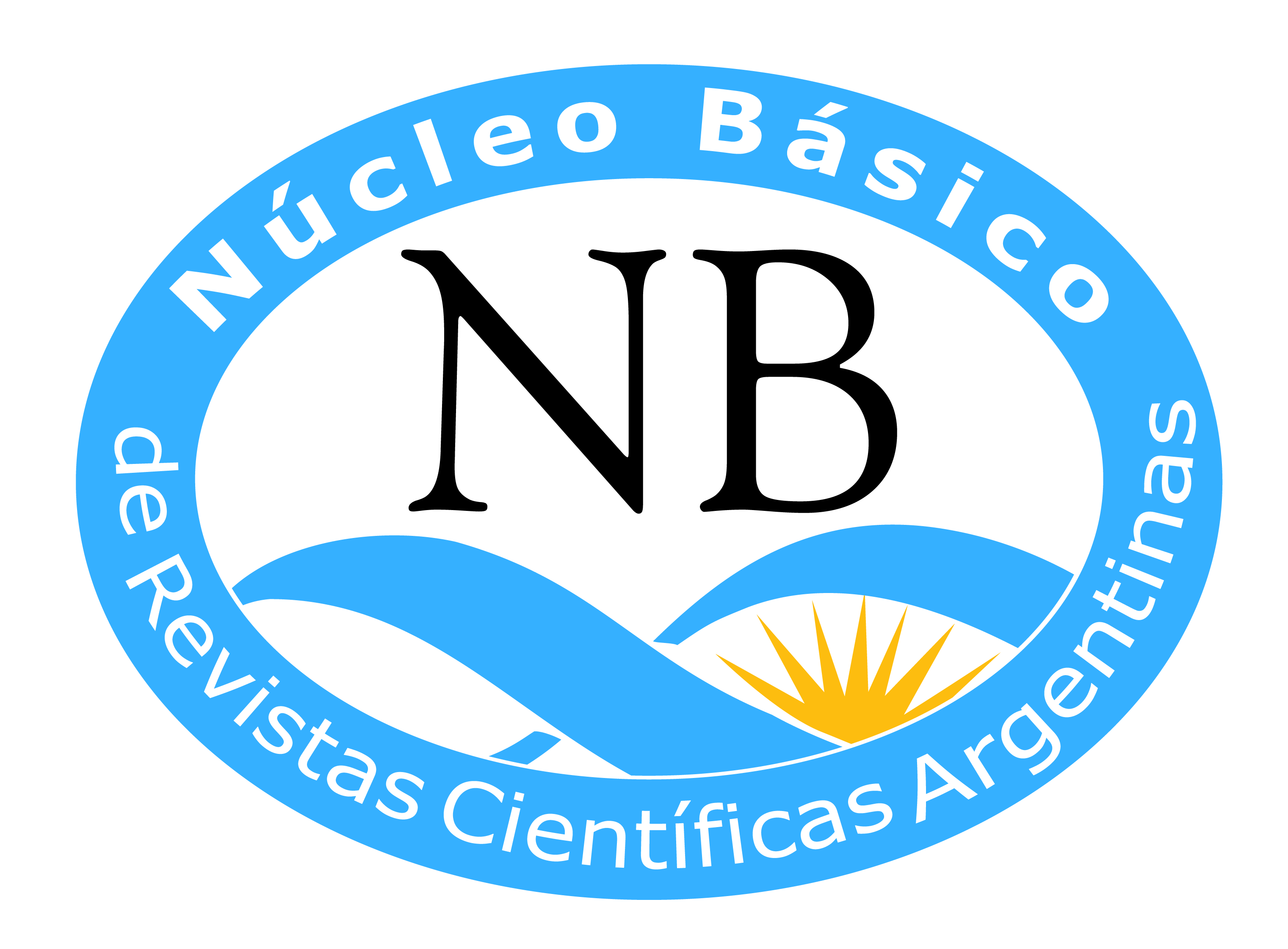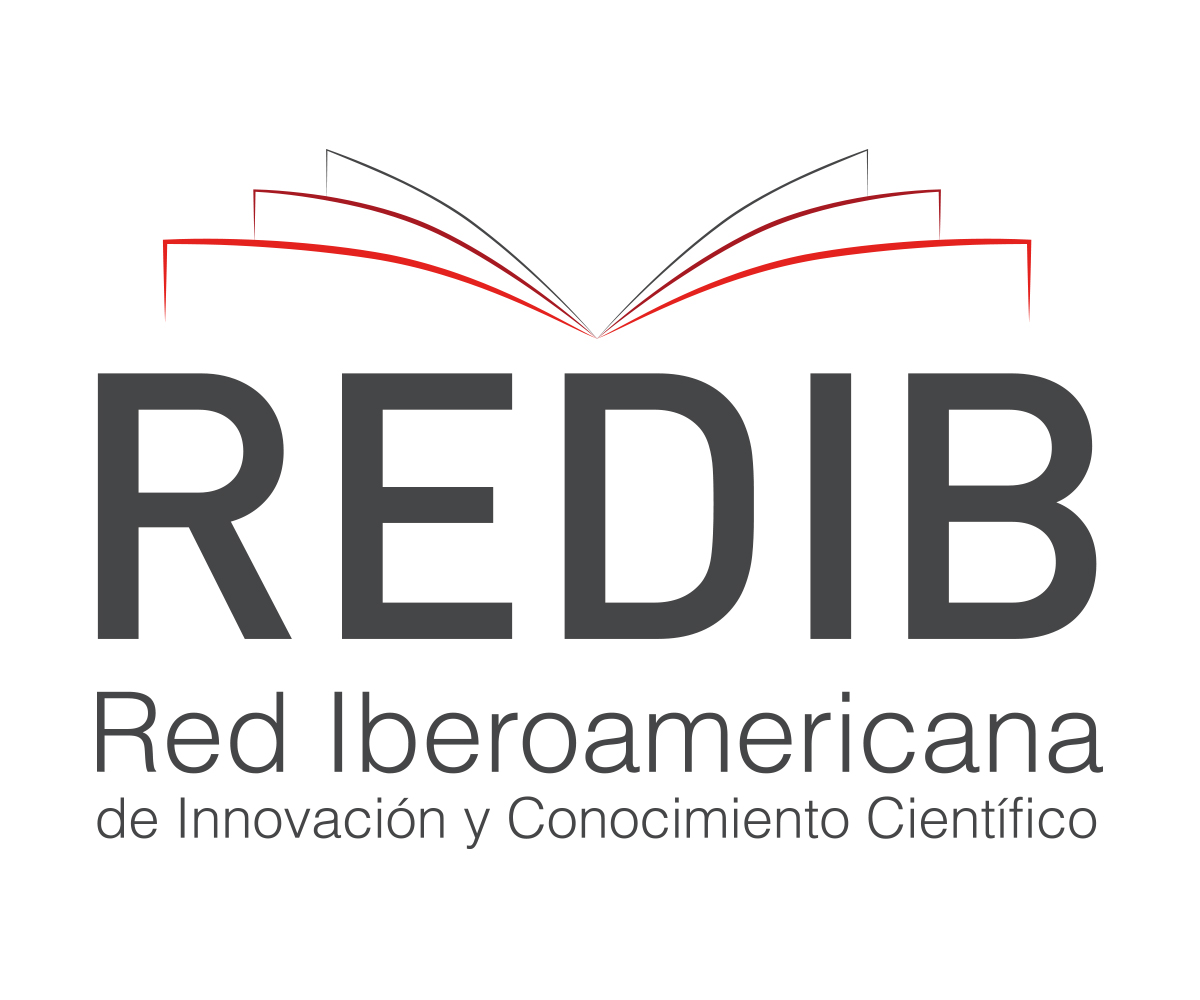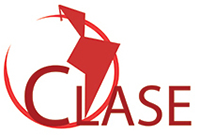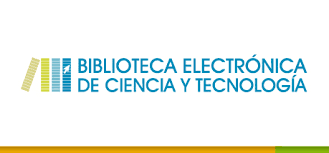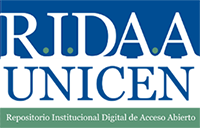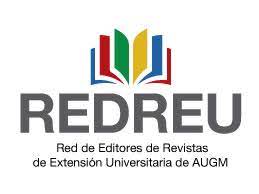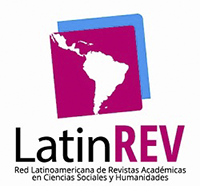Abordaje de conflictos socioambientales: evaluación de la deriva de plaguicidas en el barrio Félix U. Camet mediante un muestreo participativo
Resumen
Las zonas periurbanas se encuentran atravesadas por tensiones y conflictos, y en ocasiones se vinculan al empleo de plaguicidas utilizados en las actividades agrícolas, cuya aplicación es responsable de provocar contaminación ambiental y afecciones en la salud de pobladores. Este trabajo sistematiza la experiencia de un muestreo participativo para evaluar la exposición a plaguicidas en un barrio del periurbano del Partido de General Pueyrredón (Buenos Aires, Argentina), con la finalidad de fomentar acciones organizativas para promover actos de reclamo. Se emplearon metodologías participativas en los distintos momentos del desarrollo de las actividades: diagnóstico, planificación y diseño del muestreo, análisis y divulgación de resultados. En una primera instancia, el diagnóstico visibilizó y construyó una historia común de las problemáticas ambientales y de salud en el barrio. Se recolectaron 23 muestras durante 5 eventos de lluvia distintos, desde diciembre de 2019 a marzo de 2020, detectándose glifosato en el 27,6% de los análisis. Dichos resultados permitieron concluir que los habitantes del barrio se encuentran expuestos a plaguicidas a través del aire, con posible impacto en la salud. Asimismo, el trabajo consolidó estrategias participativas en propuestas de investigación posteriores. Para finalizar, se destaca el rol de una ciencia con perspectiva crítica y cómo el conocimiento generado puede incidir en las relaciones de poder en el territorio, poniéndolo en debate con la ciencia ciudadana. Se concluye que es trascendente una justicia ambiental y epistémica para fortalecer la participación, y así poder reivindicar un ambiente sano y el derecho a la salud.
Descargas
Los autores conservan la propiedad intelectual de sus artículos, aceptando ceder a Masquedós los derechos para su publicación y garantizando a la revista el derecho de ser la primera publicación del trabajo. Los artículos se encuentran protegidos por una Licencia Creative Commons “Atribución - No Comercial - Compartir Igual CC BY-NC-SA” según se detalla en la Política Editorial. Luego de publicado un artículo, la revista autoriza su reproducción parcial o total siempre que se cite la procedencia mencionando: autor(es), año, título, volumen, número y DOI; y como fuente: Revista Masquedós.
Las opiniones vertidas en los artículos son de exclusiva responsabilidad de los autores y no reflejan necesariamente la posición del equipo de la revista.





